
Reactive dogs: How to recognise and prevent dog to dog reactivity

Philippa Short
3 August 2022 | 8 minutes read
Reactivity is a common behavioural problem for dogs but many pet owners struggle to pick up on the early warning signs. Dogs must then escalate their behaviour to let us know that something’s wrong.
Expert dog behaviourist Philippa Short is here to help you recognise those early signals and prevent your pup from becoming reactive to other dogs. And if things do escalate, Philippa explains what you need to do next.
- What is a reactive dog?
- What causes dog to dog reactivity?
- What are the early signs of a reactive dog?
> Early warning signs of dog reactivity
> Escalated warning signs of dog reactivity - How to help prevent dog to dog reactivity
- How to help a dog showing early signs of reactivity
> Equipment for a dog showing early signs of reactivity
> Herbal support for a dog showing early signs of reactivity
> Training for a dog showing early signs of reactivity - What to do if your dog shows escalated signs of reactivity
- Other questions about dog reactivity
> Can a reactive dog get better?
> Can reactive dogs go to daycare or be boarded?
> Can a reactive dog live with another dog?
> Can I claim behavioural support for dog anxiety through pet insurance?
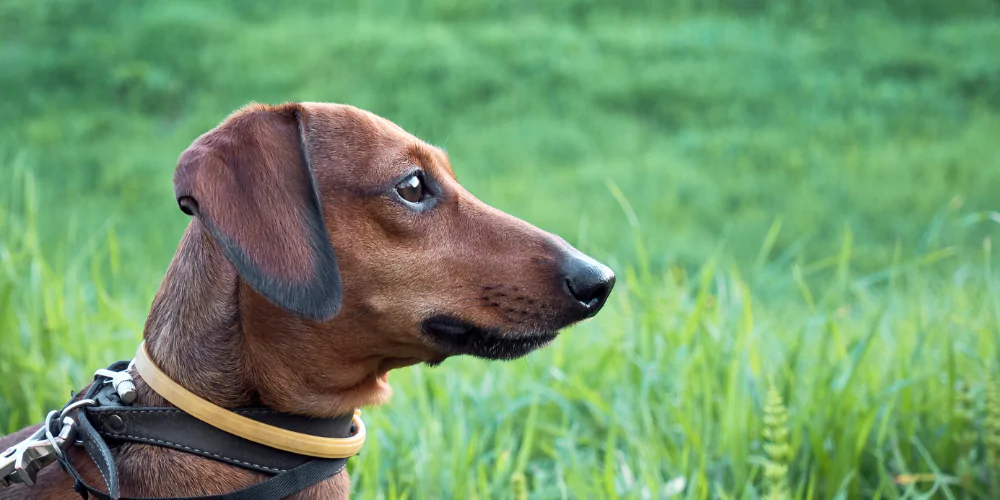
What is a reactive dog?
There’s a big debate on what is a ‘reactive dog’. After all, it’s normal for dogs to be alert and react to all the sights, sounds, and smells around them.
When we take ‘reactive’ to mean an unwanted behaviour, a reactive dog is one who can’t emotionally cope with what’s happening around them. As they can’t speak to us, their behaviour shows us they’re going over their emotional coping limit.
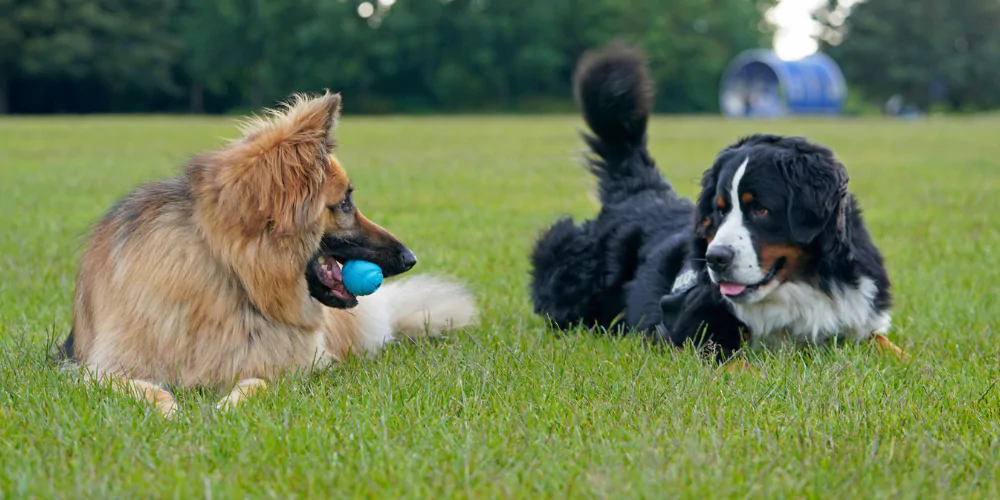
What causes dog to dog reactivity?
There’s two reasons why a dog may struggle to cope emotionally and become reactive.
- They’re too excited/overstimulated – they desperately want to greet another dog and are getting frustrated that they’re on the lead and not free to explore.
- They’re too nervous/anxious – they’re frightened of another dog and are trying to create space or keep them away by putting on a show.
Working out which category your dog falls into is tricky, as both types will show the same body language signals at first. So always bring in a professional to help you work out if your dog is frustrated or frightened.
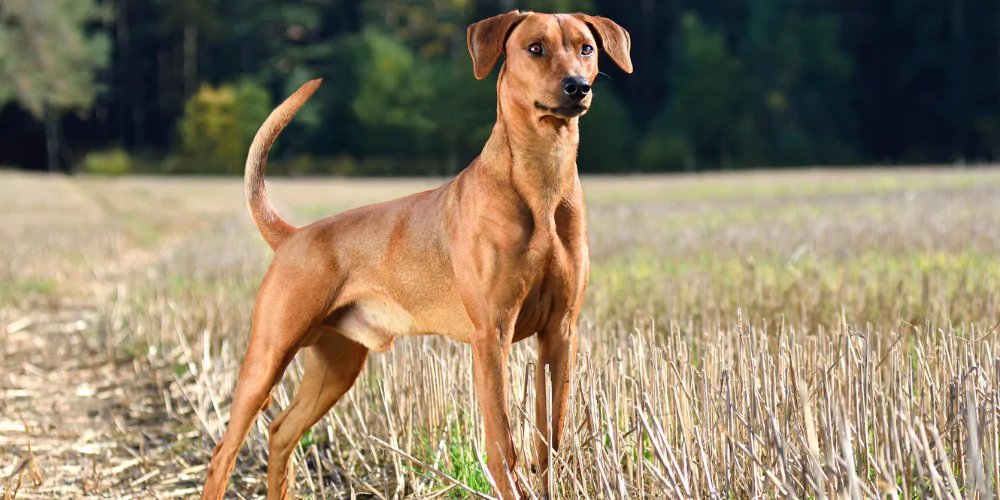
What are the signs of a reactive dog?
A happy and well-socialised dog is content and easy-going. They have a neutral reaction to their environment and the stimulating things around them.
> Early warning signs of dog reactivity
The early signs that show a dog is moving away from this balanced behaviour include:
- Lip licking
- Rapid eye blinking
- Head turning away
- Creases in the corner of the mouth
- Cheek blowing
- Furrowed brow
- Ears pricked up (if overstimulated) or flat back against the head (if nervous)
- Tail lifted up
- Moving to the side of or behind you, away from the triggering dog (if nervous)
- Vocalisation – depending on the breed, this could be a small or low whine to a high shrill whine or howl
> Escalated warning signs of dog reactivity
If you miss the early warning signals, your dog will escalate their behaviour. Signs of this are:
- Increased vocalisation – from a low grumble to a full howl and then excessive barking
- Leaping
- Lunging
- Rearing up on two back legs
- Darting in and out (depending on the closeness of the triggering dog)
- Spinning (depending on the breed)
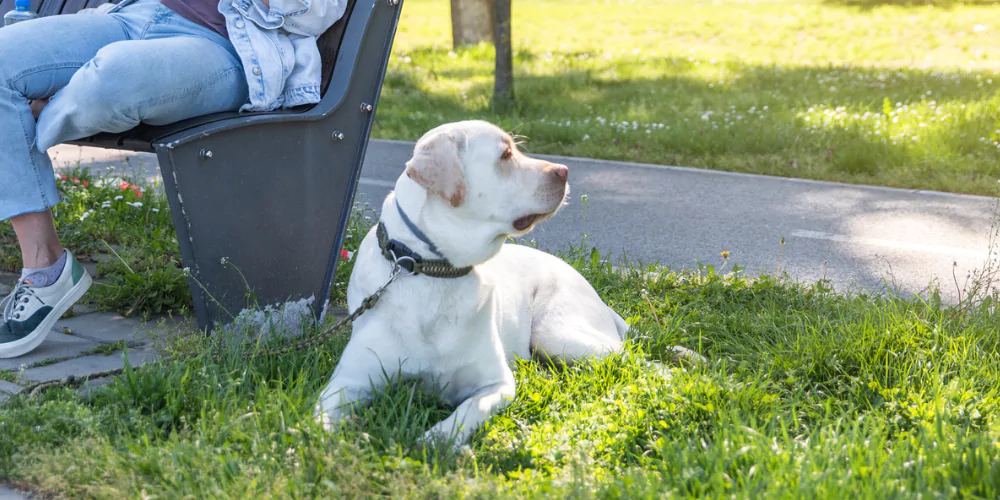
How to help prevent dog to dog reactivity
If you think your dog is generally unsure and unworried, there’s some things you can do to help.
- Take them to places they’re wary of, but stay at a greater distance. For example, if this was the park, take them to the outskirts.
- Try dropping treats in long grass or put them in tree bark to encourage scent work.
- Practice some tricks or teach them some new ones. Figure of eight, hand touch, run around a tree, catch, the options are endless.
- Encourage them to give doggy parkour a go. Moving on, around, under, and through things can build huge amounts of confidence.
- Teach them how to watch the world. This could be sitting on a park bench with your pup beside you. Randomly and quietly give them treats when they look at a person, watch other dogs play, etc.
You’re showing them how to calmly hang out and have fun with you, so they recognise the world around them isn’t a bad place. They feel they can cope emotionally and become desensitised to triggers or environments they’re less sure about.
Keep in mind that these things can only be done if your dog’s reactivity is very mild. Always create enough distance so you’re not pushing your pup over their threshold.
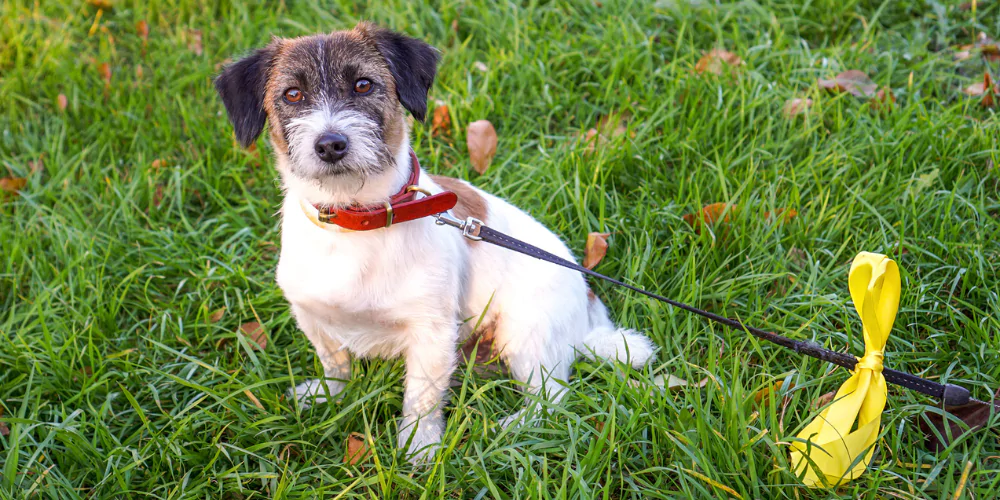
How to help a dog showing early signs of reactivity
Before you begin supporting a dog showing early signs of reactivity, it’s important to manage your expectations. Take the time to understand your dog and their personality.
Is your dog showing negative behaviour, or are they simply reacting in a normal way to an overwhelming situation? Also, some dogs are natural introverts and don’t like being out in crowded and noisy public places.
> Equipment for a dog showing early signs of reactivity
When your dog starts to show early signs of reactivity, equipment is key.
- Use an outer pocket or accessory where you can quickly and easily grab a treat to reward your dog in the moment.
- Treats should be small, soft, and high-value to your dog. And don’t hold them in between those moments of rewarding – your pooch needs to focus on their environment, not your hand.
- Choose a Y-harness and pick a leash that has two clips for two points of contact on the harness. Choosing a T-bar and across the chest harnesses can restrict movement and make your pup feel claustrophobic or more panicked. They can even change their gait pattern over time.
- You can use a longer lead to help your dog feel more free, as long as it’s safe to do so (for example, away from busy roads).
- Take inspiration from the Yellow Dog Campaign and use yellow accessories. This lets other dog owners know your pup is nervous and needs space.
> Herbal support for a dog showing early signs of reactivity
- Spray pet-safe calming scents onto your clothes or a bandana that your pup can wear.
- If the weather’s cool enough, put your dog in a dog anxiety shirt (also called a thunder shirt). Build up wear time slowly and gradually to make sure your dog feels comfortable.
- If approved by your vet, try giving your pup natural calmers like anxiety drops.
> Training for a dog showing early signs of reactivity
Teaching a quick 180-degree turnaround or ‘let’s go’ can be a very useful cue for a pup in the early stages of reactivity.
- This needs to be taught away from a reactive situation or environment, so your dog knows what you’re doing and why.
- Start by holding your dog’s lead in one hand and a treat in the other.
- Use a cue like ‘let’s go’ and put the treat in front of your dog’s nose. Lure them around 180 degrees, run a few paces, and reward them with the treat.
- Practice this regularly using the same cue and varying the number of paces each time.
- Your dog will learn that the cue means they’re immediately getting out of the situation or environment.
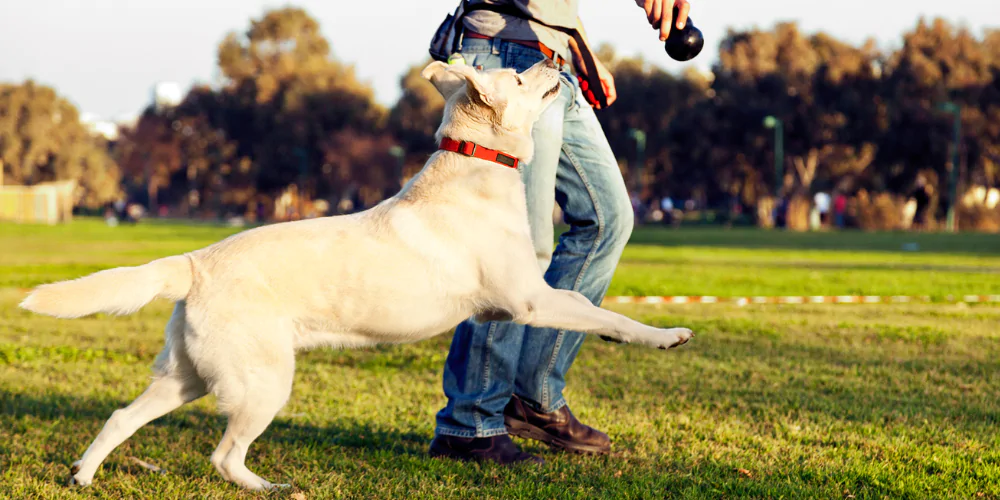
What to do if your dog is showing escalated signs of reactivity
Don’t struggle on with your dog’s reactivity. You may end up making things worse for your pup if things aren’t handled correctly.
If teaching them to hang out with you doesn’t work and they move from mild reactivity to escalated behaviour, call a professional.
A dog behaviourist has lots of different techniques to help overcome their reactivity. They’ll choose the right ones for your pup based on their individual needs. This includes desensitisation, counter conditioning, and behavioural adjustment therapy, to name but a few.
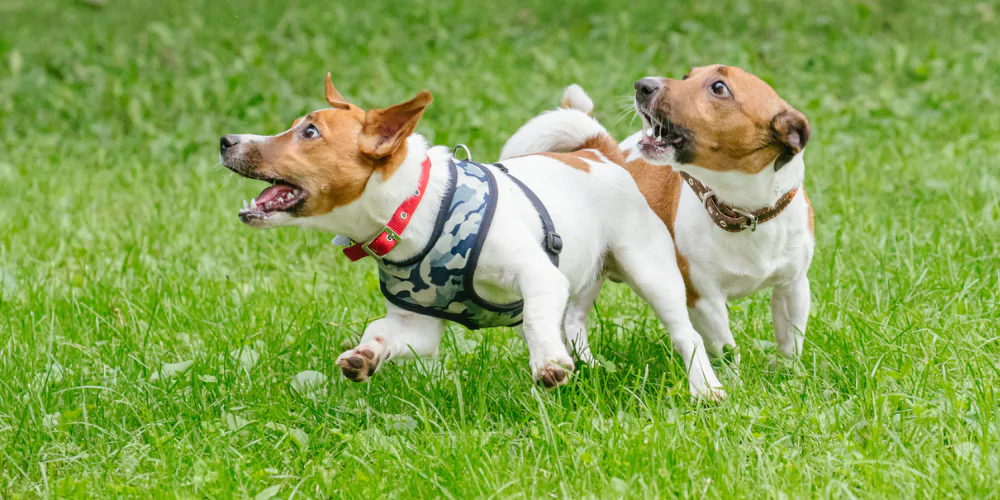
Other questions about dog reactivity
> Can a reactive dog get better?
A reactive dog can absolutely get better – just remember to put their best interests first.
This means using professional help to give your pup the best chance possible. Some dogs may need medication and you might also have to adjust your lifestyle.
> Can reactive dogs go to daycare or be boarded?
If your dog is reactive to other dogs, it’s better to get drop-in home enrichment visits from a professional dog walker. You could also arrange solo outings with a dog walker who gives one on one sessions.
If your pup is comfortable with other dogs but a little unsure of people, you may be able to use daycare or boarding. But you’ll want to be careful about who you pick. Look for someone who can bring out your pup’s confidence and can build a good relationship with them.
Any good daycare or boarding house should be able to have open and honest discussions with you about your dog’s needs.
> Can a reactive dog live with another dog?
You’ll need a professional to assess whether your reactive dog can live with another dog. It depends on the severity of the reactivity and each dog’s personality.
Another dog can be brought into the household but this needs to be handled carefully and correctly. This includes managing instinctive triggers (food, toys, affection) and having the right mix of breed and personality types.
> Can I claim behavioural support for dog anxiety through pet insurance?
You may be able to claim for behavioural sessions through your pet insurance. Check your policy wording carefully to see what’s covered.
Protect your canine through all their adventures with Petsure dog insurance.


